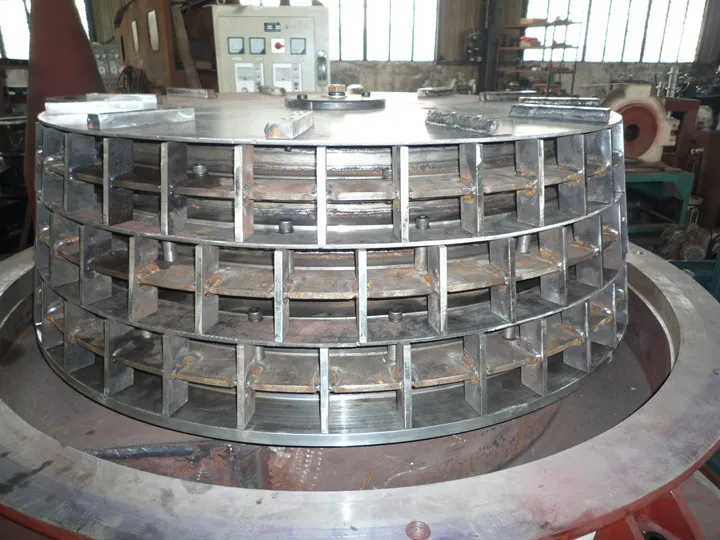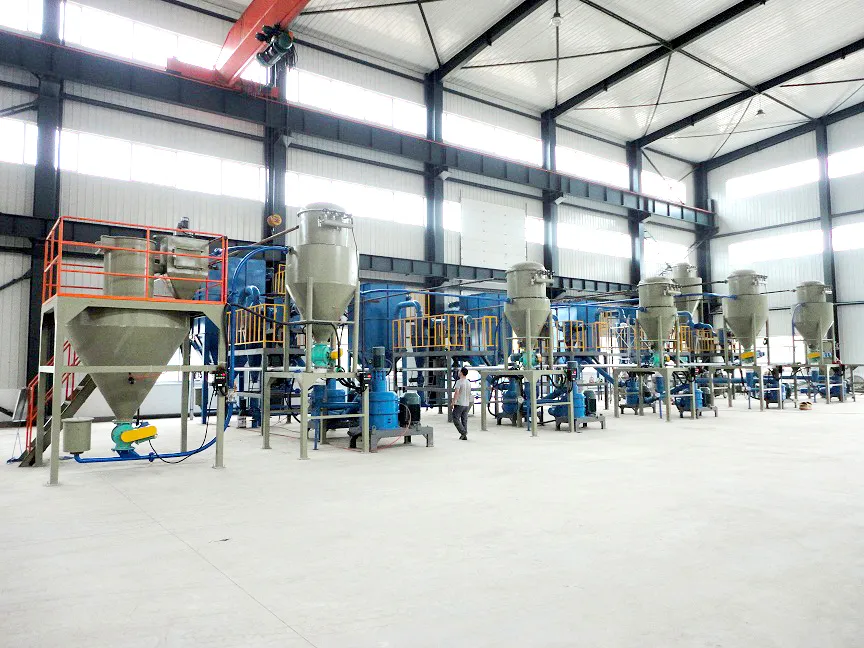Introduction
As an important cathode material for lithium-ion batteries, lithium iron phosphate (LiFePO₄) has been widely used in power batteries, energy storage batteries and consumer electronics due to its high safety, long cycle life and environmental friendliness. With the increasing global demand for clean energy and sustainable development, the market demand for lithium iron phosphate continues to grow. In this article, we will discuss the application and production process of lithium iron phosphate.
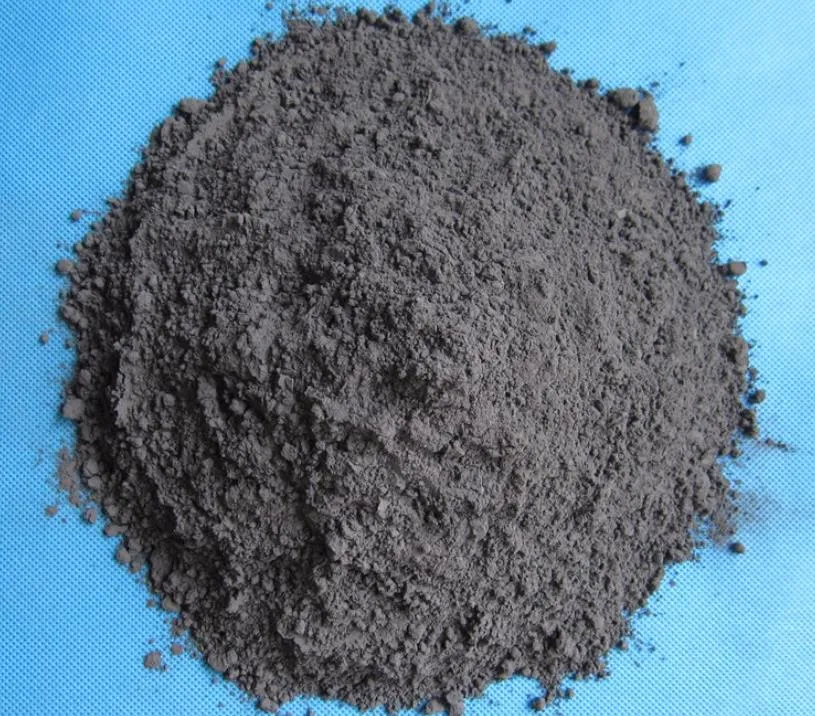
Application of lithium iron phosphate
1. Power battery
Lithium iron phosphate has a wide application in the field of power batteries, mainly in electric vehicles (EVs), electric bicycles and power tools. Its advantages include:
— High safety: Lithium iron phosphate has good thermal stability and is not prone to thermal runaway.
— Long cycle life: Support thousands of charge and discharge cycles.
–Excellent performance at high temperature: Stable performance in high temperature environment.
2. Energy storage battery
In the field of energy storage, lithium iron phosphate is used in household energy storage, grid peak load regulation and renewable energy storage system. Its characteristics include:
— Low cost: Raw materials are abundant and the price is relatively low.
— Environmentally friendly: no heavy metals contained, less environmental pollution.
–Good stability: Suitable for long-term energy storage needs.
3. Consumer electronics
Lithium iron phosphate is also widely used in portable electronic devices, such as mobile phones, laptops and drones. Its advantages include:
— Moderate energy density: Meet the battery performance demands of consumer electronics.
— High safety: Reduce the risk of battery explosion or fire.
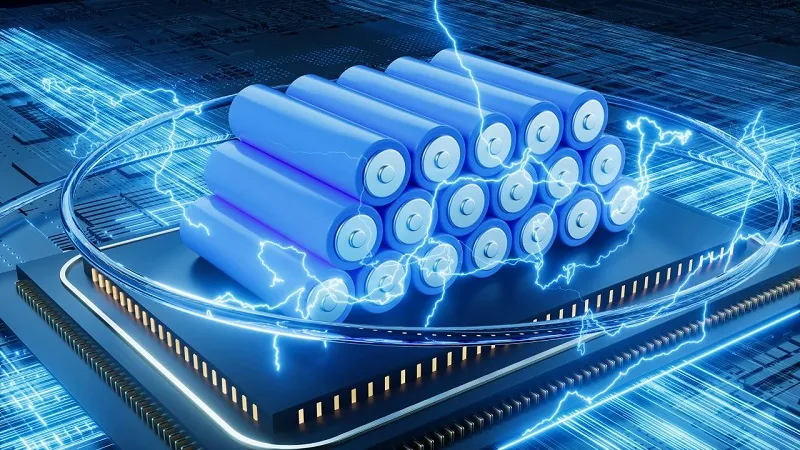
Production process of lithium iron phosphate
The production process of lithium iron phosphate mainly includes the steps of raw material preparation, mixing, sintering, grinding, classification and surface modification. The following is a typical process flow:
① Raw material preparation
| Raw material | Common compounds | Purity | Function |
| Lithium source | Lithium carbonate (Li₂CO₃) | ≥99.5% | Provide Li⁺, purity affects electrochemical performance |
| Iron source | Iron oxide (Fe₂O₃) | ≥99.0% | Provide Fe²⁺, avoid Fe³⁺ impurities (affect capacity) |
| Phosphorus source | Ammonium dihydrogen phosphate(NH₄H₂PO₄) | ≥99.0% | Provide PO₄³⁻, control pH value and reaction process |
| Additives | Glucose, sucrose | Analytical grade | Carbon-coated precursors to improve conductivity |
② Mixing
Process: Mix the raw materials in stoichiometric ratio, Li: Fe: P = 1.05: 1: 1, and then use a high-speed mixer or ball mill to mix raw materials evenly.
③ Sintering
Sintering at high temperature (usually 600-800°C) in a high temperature sintering furnace (such as a rotary kiln, a box furnace) to form lithium iron phosphate crystals, usually in an inert atmosphere, such as nitrogen.
④ Grinding+classifying
Ground the sintered material into micron-sized particles through jet mill+air classifier mill.
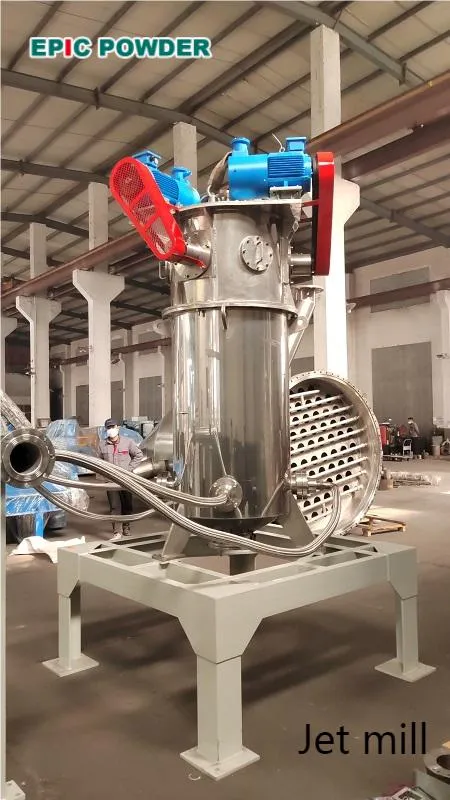
For this step, air classifier mill and jet mill produced by Qingdao Epic Powder Machinery Co., Ltd. can be selected. The combined use of the two can complete the coarse grinding and ultra-fine grinding of lithium iron phosphate, no additional classification required.
Optional process flow:
Jet mill (coarse grinding) → Air classifier mill (removal of coarse particles) → Secondary jet mill (ultra-fine grinding) → Finished product
Our air classifier mill includes 4 types: MJW-L, MJW-W, MJW-A, and MJL-W. As a powder processing equipment manufacturer with rich experience and technical accumulation, Epic Powder can provide customers with one-stop solutions from equipment selection, solution design to installation and commissioning, and after-sales service. If you need air classifier mill or jet mill or other powder processing equipment, please contact our staff directly, we are always here for you.
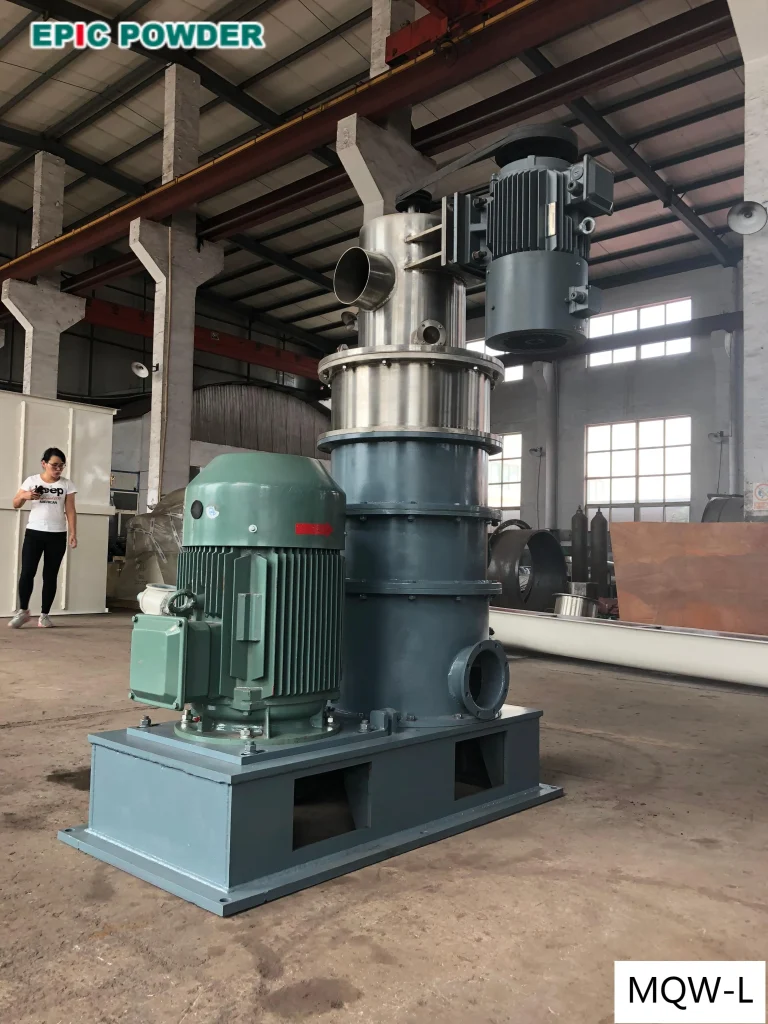
⑤ Drying
Use vacuum dryer, spray dryer, etc. to remove moisture from the particles to ensure the quality of lithium iron phosphate.
Future development trends
In the future, lithium iron phosphate will focus on high tap density, fast-charging capability, and energy storage applications as core directions,with technological iteration and cost optimization proceeding in parallel. Meanwhile, global expansion and green transformation will become key determinants of long-term competitiveness. It is expected that lithium iron phosphate will remain the dominant choice in power batteries and energy storage sectors before 2030.
